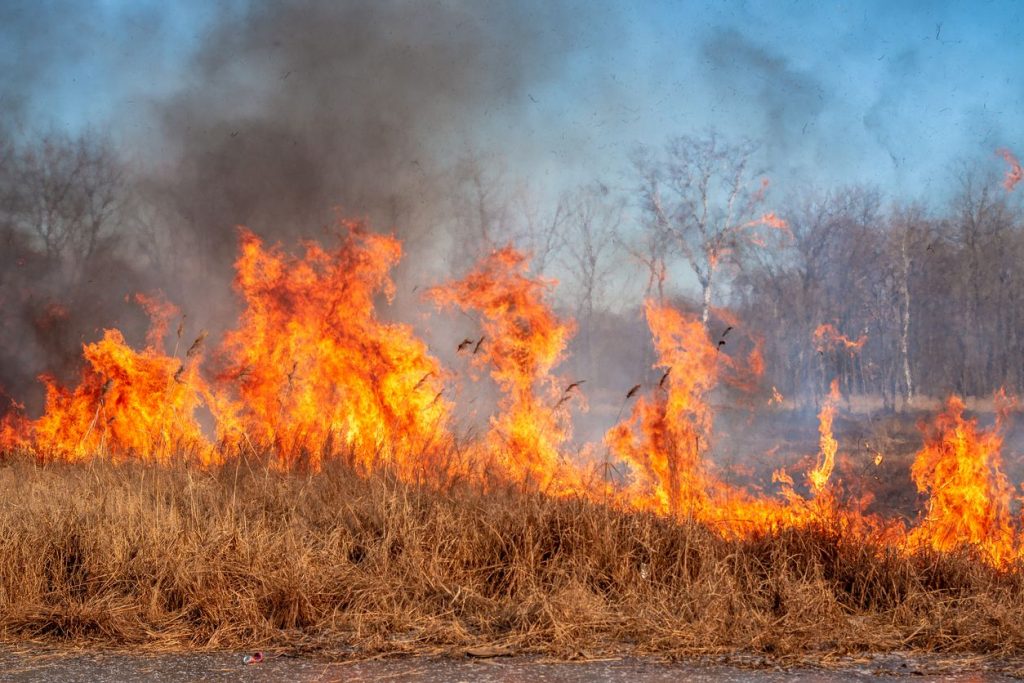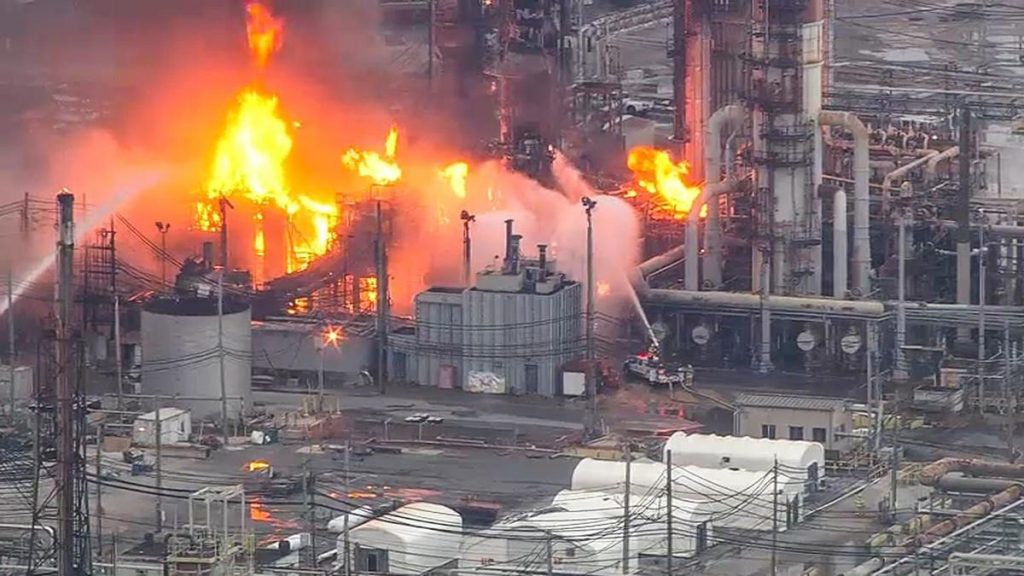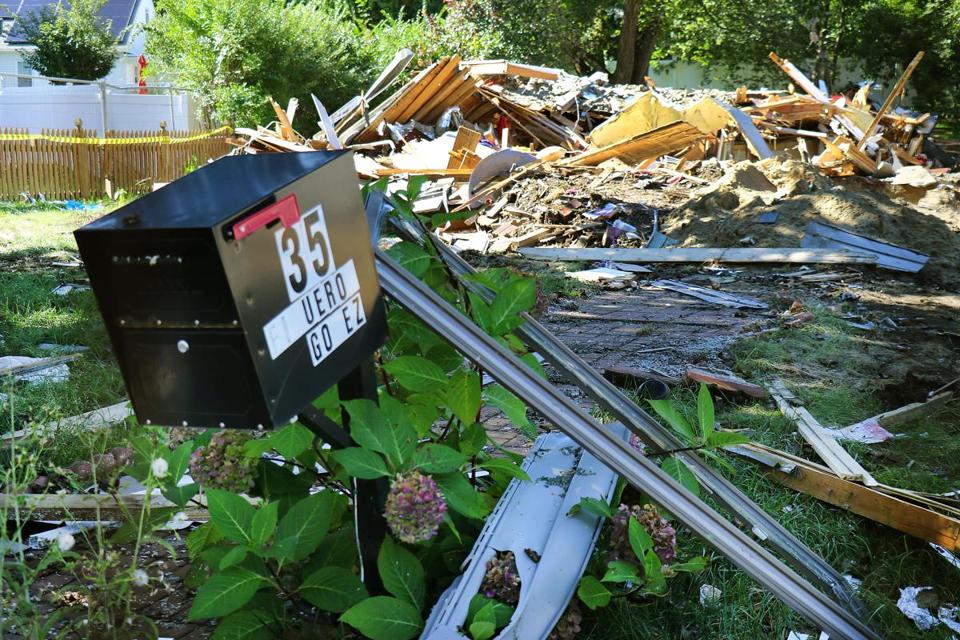
My blogs on energy company crisis communications have consistently drawn high readership, possibly because of the spate of crises that have hit energy companies, their communities and their customers in recent years. See here. And here. And here. And here.
But after a summer of bad news for energy companies, it looks like it’s a good time to revisit the topic, but with a new angle: a digital crisis communications platform that can be prepopulated by market-tested messages.

Crisis Communications: — Another Way the Energy Business is Digitizing
That platform was not available when Pacific Gas and Electric’s (PG&E’s) seemingly endless wildfire-related crises began, or when operational failures last year by Columbia Gas of Massachusetts led to gas explosions, death and destruction in three Boston-area suburbs.
But it was available this past summer, when parts of Manhattan were darkened by a Consolidated Edison blackout, when explosions and fires rocked a Philadelphia refinery and Houston petrochemical plant, and when FBI agents raided the headquarters of the Los Angeles Department of Water & Power (LADWP).

Scott Cesta, the product owner of maslansky + partners’ (m+p) Dynamic Response® platform, recently contacted me to discuss how his company’s product could help energy companies communicate more effectively during a crisis.
The m+p name may sound familiar. A few years back, I interviewed Michael Maslansky, m+p’s leader, and posted a blog on messaging for energy companies. His recommendations are as valid today as they were the day he shared them with me.
“In a crisis, some companies circle the wagons in an Emergency Operations Center,” m+p’s Cesta said. “Some companies, including those with a big geographic footprint, have to fight through time zones and organizational silos. And some are left hoping that the person who handled communications during the last crisis is still around to do it again.”

There is no shortage of reasons why respected companies with a strong communications team can stumble when a crisis hits. Perhaps the crisis hits during the middle of the night, or over a holiday weekend. Maybe it’s a really odd crisis, like the one that enveloped American Electric Power a few years back. Maybe everyone’s traveling or on vacation. Getting a draft statement in front of all the people that need to approve it chews up a lot of time. Sometimes executives feel their inner Shakespeare stirring when presented with a crisis statement that requires approval.
Most of us have been there. Responding effectively in the eye of a storm is hard under the best of conditions. Changes in the media market have made a hard job that much harder. Customers, executives, investors and legal counsel often want to hear different things. And everyone wants it now. The result can take a bad situation and make it worse.
Communications Tip of the Month: The energy industry continues to transform its operations with digital technologies. Communicators can take advantage of advanced technology to improve their crisis communications.
Wouldn’t it be better to go into a crisis with tested, proven strategies from a recognized messaging expert? Of course!
Since Most Energy Crises are Predictable, Use Tested Messages
In a GoTo Meeting, Cesta walked me through the process that the firm’s Dynamic Response platform uses to diagnosis an issue, identify which stakeholder groups have been harmed, draft a response that maps to those groups’ impact and state what the company is doing to fix the problem.
“In a crisis, sometimes it’s difficult to follow your best instincts,” Cesta said. “Particularly with energy companies, which provide vital services that touch everyone, any breach of trust could carry significant reputational consequences.”
“In a crisis,” he continued, “lawyers may recommend saying nothing, finance focuses on the reaction from Wall Street, and regulatory affairs is focused on the message to the PUC. The communicators, meanwhile, focus on what it takes to engage credibly with the broader public.”

Crisis Communications Platform Informed by Real-life Incidents
“At the heart of effective crisis response is the message itself,” Cesta commented. “But too often, the message in the crisis playbook was written in a vacuum, and each crisis presents a unique set of facts. Companies can struggle to adapt in real time.”
What makes the Dynamic Response platform different is that it draws on client engagements and message testing conducted by m+p, about which we blogged a few years back. The firm has been testing messages for 20 years, and the platform includes insights from client engagements as well as findings from social psychologists like Jonathan Haidt and behavioral researchers like Cass Sunstein, among others.
Findings from Maslansky’s book, The Language of Trust, also find their way into the platform.
According to Cesta, this is the first crisis platform that focuses on creating a message in real-time that is based on extensive research and best practices. Others, he says, tend to be focused on tactical elements of crisis response rather than the actual message.
Like any software, Dynamic Response is only as good as the people who use it. Communicators can use it to brainstorm a wide range of negative events, then use the drop-down menus to guide a response. The goal is to help energy-company communicators think through the various factors at play and build a credible message that addresses the concerns of the public. Instead of starting with an outdated message or a blank sheet of paper, Dynamic Response helps you quickly and effectively develop a message. That way, when a crisis hits, the message mavens don’t have to scramble to respond to customer and media inquiries.
Cesta emphasized it was particularly important to validate stakeholder concerns before launching into a laundry list of what your energy company is doing to respond. “Subtle choices among words can have a big impact,” he said.
For example, Cesta said, consider removing “baseload power” from your vocabulary and replacing it with “24/7 Energy.” He commented, “’baseload power’ can sound overly technical, whereas 24/7 energy is easy to understand.”
He also recommended replacing “utility” with “energy company,” as I have done in this post. “’Utility’ sounds like an outdated monopoly,” he commented, “whereas ‘energy company’ is perceived as new and more easily tied to the concrete benefit of energy.”
Energy companies could use this software platform to help their communicators craft messages around a host of other potential flashpoints within the company including the construction of infrastructure, environmental issues, accidents at facilities, new power generation, water quality, corporate scandals, natural gas explosions, power outages, employee misbehavior, price increases, employee or customer injuries or deaths, adverse legislation or regulatory decisions, tree trimming, workplace harassment, short-sellers (for investor-owned utilities) — there’s virtually no limit to its uses.
Communicators can put in the work before a crisis, to build a library of messages to address different crises. Or they can use the tool to develop a message when crisis hits. Cesta says it typically takes 15 minutes or so to draft a message using the platform. And because it is built on research and best practices, it should make it easier for communicators to get approvals for that message and get it out to the public quickly.
PREVENTING YOUR NEXT COMMUNICATIONS CRISIS
For utilities, some communications crises stem from unpredictable external events like severe weather. Others are self-inflicted wounds that derive from internal organizational issues. Skillful communicators may be able to contain crises once they erupt. But wouldn’t it be better—less painful, less costly, easier—to try to prevent them? Many communications crises can be prevented with careful planning and purposeful action.
Read More…

